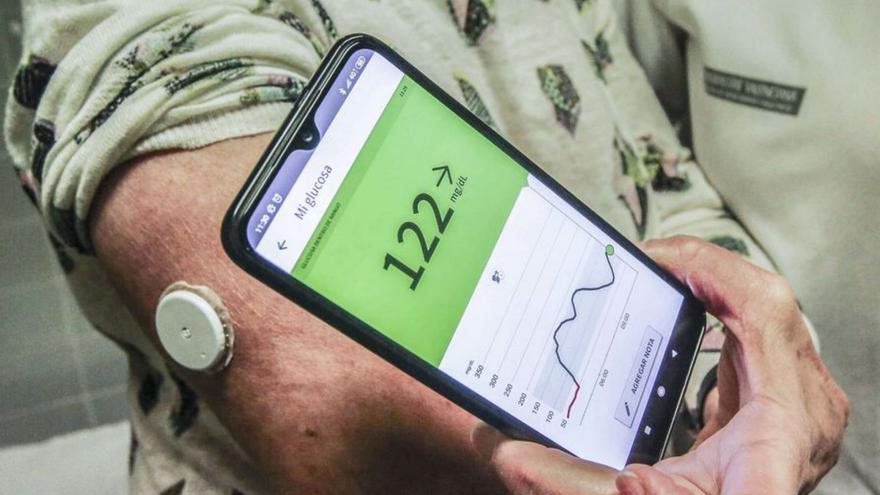The prevalence of diabetes in Spain is 14.8%, the second highest in Europe, according to the Spanish Diabetes Association (SED). One in seven adults suffers from the condition, which occurs when blood sugar levels are too high.
In addition, spending on healthcare related to diabetes in Spain has reached 14 billion euros, which, as the scientific community warns, places the country in the top ten states in terms of healthcare spending. It is a disease that is on the rise, like obesity (the two diseases usually go hand in hand), due to sedentary lifestyles, and is increasingly diagnosed at an early age.
Serious complications
30.3% (almost a third) of Spaniards with diabetes are not diagnosed, which, if not treated properly, can cause serious and possibly fatal complications, such as myocardial infarction, cerebrovascular accident, renal failure, blindness or even amputation of the lower limbs. This is why endocrinologists insist on reducing underdiagnosis, which mainly affects type 2 diabetes.
For the president of the SED Foundation, Antonio Pérez, who is also head of the Endocrinology Department at the Hospital de la Santa Creu i Sant Pau (Barcelona), it is essential to carry out the “diabetes screening” in asymptomatic people of any age who are overweight or have other risk factors. For people without risk factors, these screenings are recommended between the ages of 35 and 45.
More than 90% of people with diabetes have type 2. The increase in this type, according to the SED, is due to a complex interaction of social, economic, demographic, environmental and genetic phenomena. The main factors contributing to this increase include urbanization, population ageing, sedentary lifestyles, and the increase in overweight and obesity.
Both type 1 and type 2 diabetes are characterized by high blood sugar levels. The main difference between the two types is the concentration of insulin. Type 1 diabetes is an autoimmune disease, because the beta cells in the pancreas, which are responsible for producing insulin, do not function properly and cause an absolute deficiency of this hormone. In addition, type 1 is usually diagnosed early in life, suddenly, and unlike type 2 diabetes, it always requires insulin treatment.
Bad habits
Related News
Type 2 diabetes, on the other hand, is caused by a combination of two disorders, insulin resistance and pancreatic beta cell failure. It is also associated with obesity, poor nutrition, and lack of physical activity. Unlike type 1 diabetes, it is diagnosed in adulthood.
Type 2 diabetes can be prevented through healthy lifestyle habits, but type 1 cannot. In addition, in the latter cases, episodes of low blood sugar (called hypoglycemia) are common.

“Infuriatingly humble social media buff. Twitter advocate. Writer. Internet nerd.”



